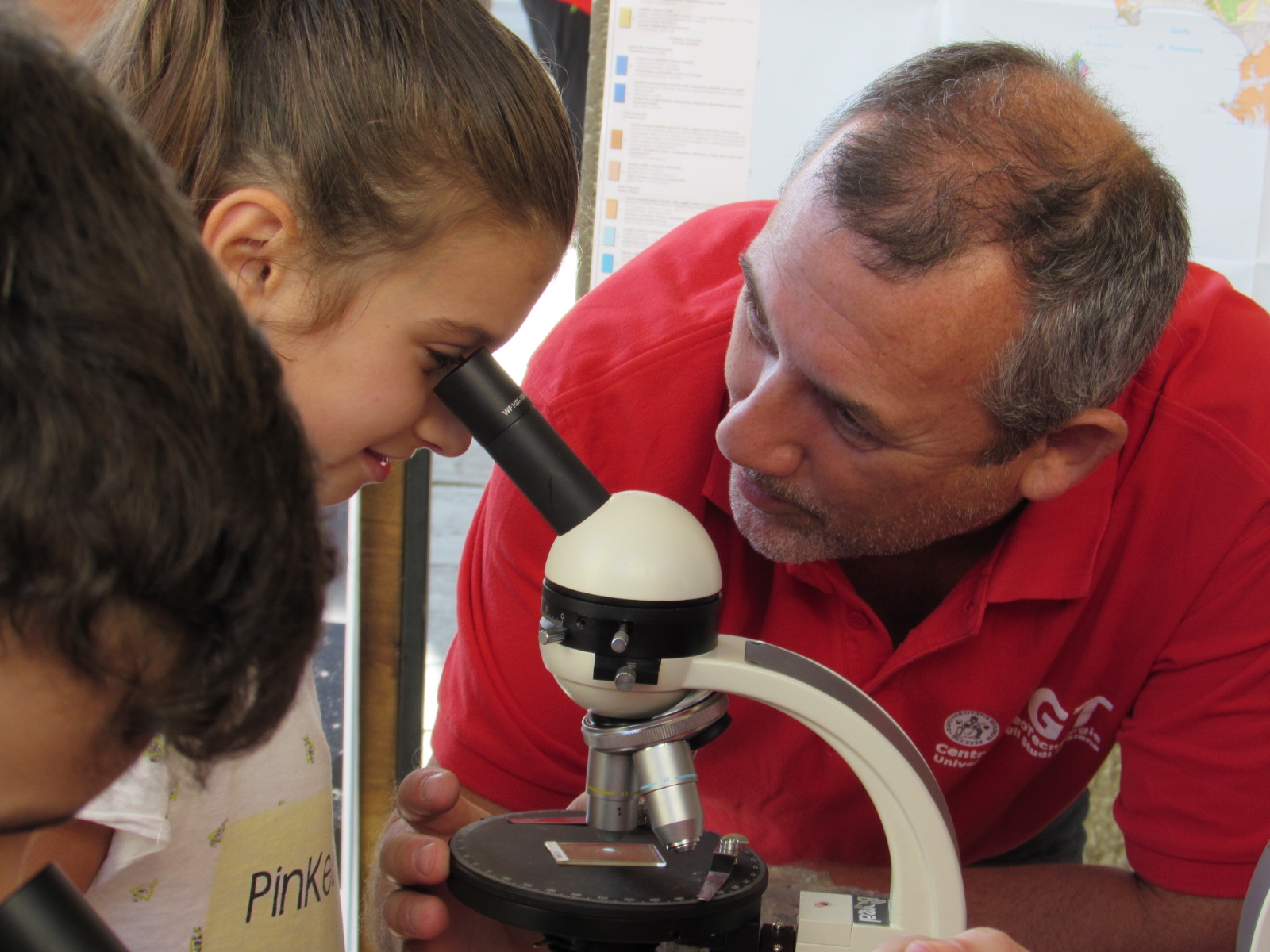Online CPR Certification Blog
How to Improve Student Engagement: Strategies for Effective Teaching?
Date: March 12th, 2024
Student engagement is at the heart of successful teaching and learning. When students are actively involved and interested in their studies, they are more likely to excel academically and develop a lifelong love for learning.
In this comprehensive guide, we will explore various strategies and techniques that educators can employ to improve student engagement in the classroom.
Create a Positive Learning Environment
One of the fundamental aspects of improving student engagement is creating a positive and inclusive learning environment. When students feel safe, respected, and valued, they are more likely to participate actively in class. Here are some ways to foster a positive learning environment:
1. Build positive teacher-student relationships: Get to know your students on a personal level, show empathy, and be approachable. When students feel comfortable with their teacher, they are more likely to engage in class discussions and ask questions.
2. Set clear expectations: Establish clear rules and expectations for behavior and academic performance. When students understand what is expected of them, they are more likely to stay engaged and focused.
3. Encourage open communication: Create an environment where students feel comfortable expressing their thoughts and opinions. Encourage questions and discussions, and actively listen to what your students have to say.
Use Active Learning Techniques
Active learning is a teaching approach that encourages students to actively participate in the learning process. It goes beyond traditional lectures and passive learning. Here are some active learning techniques to improve student engagement:
1. Group discussions and peer teaching: Divide students into small groups and encourage them to discuss and teach each other. This fosters collaboration and active participation.
2. Problem-solving activities: Present real-world problems or case studies that require students to apply their knowledge and critical thinking skills. This engages their minds and makes learning more meaningful.
3. Hands-on activities: Incorporate hands-on experiments, projects, or interactive simulations to make learning tangible and engaging.
Use Technology Wisely
Incorporating technology into the classroom can greatly enhance student engagement. However, it’s important to use technology wisely and purposefully. Here’s how:
1. Interactive online platforms: Utilize online platforms that allow students to interact with course materials, take quizzes, and participate in online discussions.
2. Multimedia resources: Incorporate videos, podcasts, and other multimedia resources to diversify the learning experience and cater to different learning styles.
3. Gamification: Gamify your lessons by adding elements of competition and rewards. Educational games and quizzes can make learning more fun and engaging.
Provide Timely and Constructive Feedback
Feedback is essential for student growth and engagement. Here’s how to provide effective feedback:
1. Timeliness: Provide feedback promptly after assignments or assessments. This helps students understand their mistakes and make improvements.
2. Specificity: Be specific in your feedback, highlighting what the student did well and where they can improve. Constructive criticism fosters growth.
3. Encourage self-assessment: Encourage students to self-assess their work and set goals for improvement. This promotes a sense of ownership over their learning.
Differentiate Instruction
Every student is unique, and their learning needs may vary. To improve student engagement, consider differentiating instruction:
1. Tailor lessons to individual needs: Identify each student’s strengths and weaknesses and adapt your teaching approach accordingly.
2. Offer choice: Provide students with options for assignments and projects, allowing them to pursue topics they are passionate about.
3. Use flexible grouping: Mix up group dynamics to give students the opportunity to work with different peers, fostering social interaction and engagement.
Incorporate Real-World Relevance
Students will tend to interact better with the study material when it becomes clear that there is a connection with everyday life. Here’s how to do it:
1. Relate lessons to current events: Demonstrate to students that the topics they are trying to grasp relate to real-life challenges, thereby rendering the content more relevant.
2. Guest speakers and field trips: Arrange expert visits or field trips for students depending on the topic to be taught.
3. Career connections: Discuss possible career roads and ways through which the understanding and skills they get in class are used for their future employments.

Image alt text: how to improve student engagement
Author credit: By Riccardo.salvini – Own work, CC BY 4.0, https://commons.wikimedia.org/w/index.php?curid=84924482
Encourage Active Participation
To improve student engagement, encourage active participation in every class:
1. Ask open-ended questions: Use open-ended questions where students can give their opinions.
2. Use think-pair-share: Allow the students to ponder upon a question, discuss it with a partner and then make an opinion among themselves. This fosters active participation and encourages peer-to-peer interaction.
3. Classroom discussions: Creating a culture in the classroom where discussions are welcomed and appreciated. Such engages students in communication, allowing them to communicate with each other and interact more deeply with the material.
Assess and Adjust
Regularly assess the effectiveness of your teaching strategies and make adjustments as needed:
1. Collect feedback: Consult your students to get their perspectives on what is effective and what can be changed regarding your teaching approach.
2. Reflect on your teaching: Occasionally, you should self-reflect in a bid to identify ways of improving in your teaching practices.
3. Professional development: Be sure to stay abreast of current education research and regularly participate in professional development programs that will sharpen your teaching abilities.
Conclusion
It is a demanding process that calls for teachers’ commitment as well as creativity. Developing a positive learning climate, adopting active learning strategies, making good use of technology, offering timely comments, varying teaching approaches, highlighting practical relevance, and constantly assessing and modifying one’s teaching practice will create a learner-centered educational system that engages
Always bear in mind that the essence lies in the readjustment of strategies so as to suit the varying needs of all students that you will interact with at your class.
